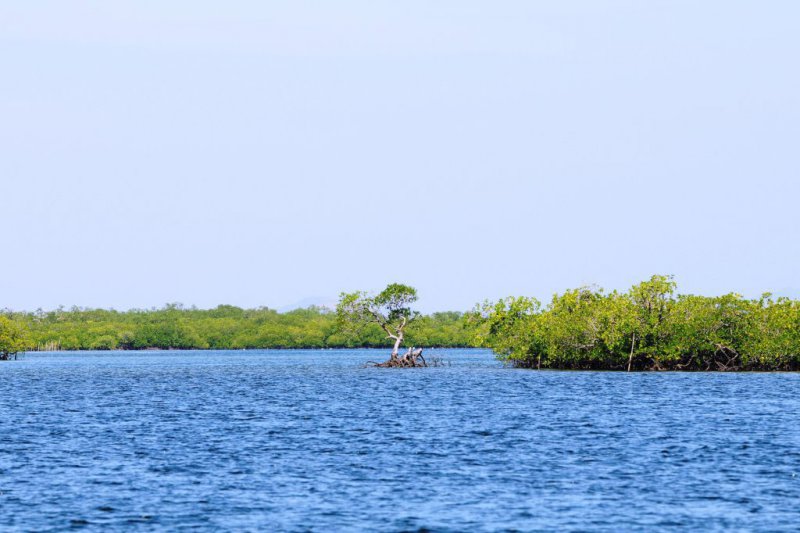
As the seat of the diocese of Surigao at that time, Numancia had the earliest, the largest and, it was said, the most beautiful church in the entire Caraga, an ancient region that included Surigao and Butuan. Unfortunately, this church was destroyed in pirate raids and typhoons. Ruins of limestone could still be found today around what is now a modern church structure.
I can still recall seeing many Spanish to American-era ancestral homes there during my first visit as a young boy. In fact, I can still say that the best bread I’ve tasted was from there. It was what we locally call Spanish bread, a buttered roll freshly baked in an old pugon or brick oven.
We slept in our grandfather’s house right next to the town plaza. There was no electricity then. I saw the ancient acacia trees in front of my lolo’s house glitter with millions of fireflies. We slept early as Old Numancia was also notorious for being a town haunted by aswangs, mananangal, and other monsters of local folklore.
That tag may have stemmed from the mysterious disappearances of residents, which were later traced to attacks by crocodiles which abound in the vast mangrove forests (purported to be the country’s largest) surrounding the town. My grandfather was once attacked by a crocodile while he was rowing a baroto or dugout canoe amidst the mangroves. Luckily, he was able to fight back and drive the reptile away.
Those mangrove trees worked as buffer against tsunamis or storm surges that could always recur in this part of the Pacific. Although Del Carmen is located in the western part of Siargao Island, not directly facing the ocean, it is not spared by typhoons that almost regularly hit the place.
In 1984, perhaps a year after my first visit to Del Carmen, supertyphoon Nitang ravaged the entire Surigao del Norte province killing hundreds of residents (it killed a total of 1,492 people in the whole country) and leveled trees and buildings. It destroyed most of the ancestral homes in my father’s hometown.
Another supertyphoon named Ruping rendered the coup de grace to what’s left of Del Carmen’s architectural heritage. Today, save for the few ruins in the church area, there’s almost no trace of the past in the old municipality. Most of the old houses have been rebuilt into concrete modern structures designed to withstand the next supertyphoon.
The same thing could be seen in most municipalities in the province, including Surigao City, which is becoming a typical concrete jungle. The travel guide Lonely Planet once noted that there was nothing remarkable about Surigao City. It is a city with no visible heritage.
The same thing could be said about Del Carmen nowadays. The town has lost its old glory. It is nobody’s fault, of course. There’s not much you can do when you are located in a disaster-prone area. Siargao lies on the edge of the Pacific Ring of Fire, the earthquake and typhoon belt.
Perhaps, this is one reason natives in the Philippines during the pre-Hispanic era never saw the need to build permanent structures. Instead, they preferred to settle in the more ephemeral and highly mobile bahay kubo, which could easily be rebuilt using materials sourced from the surroundings.
Western societies brag of their heritage of durable architecture. In fact, they invented the idea of art as a beautiful object to be preserved for posterity. France, a country that is almost never rocked by earthquakes or visited by typhoons, bragged of its museums filled with loot from imperial conquests.
Perennially visited by typhoons and earthquakes, pre-colonial Filipinos on the other hand couldn’t possibly imagine art that way. They had only the bahay kubo for architecture, tattoo for painting, and ritualistic shrines and carved images for sculpture and installation.
And like music and poetry which were only imagined and performed, everything was meant to be ephemeral. The memory of the idea was more important than its material manifestation. Art was meant to be appreciated as a passing event.
I only have memories of Old Numancia before it was ravaged by typhoons. I could still see fireflies glitter in the shadows of trees and taste the bread served straight from the brick oven. It is a beautiful memory, the stuff poetry could be made of, if the whole experience of it could not pass for poetry itself.